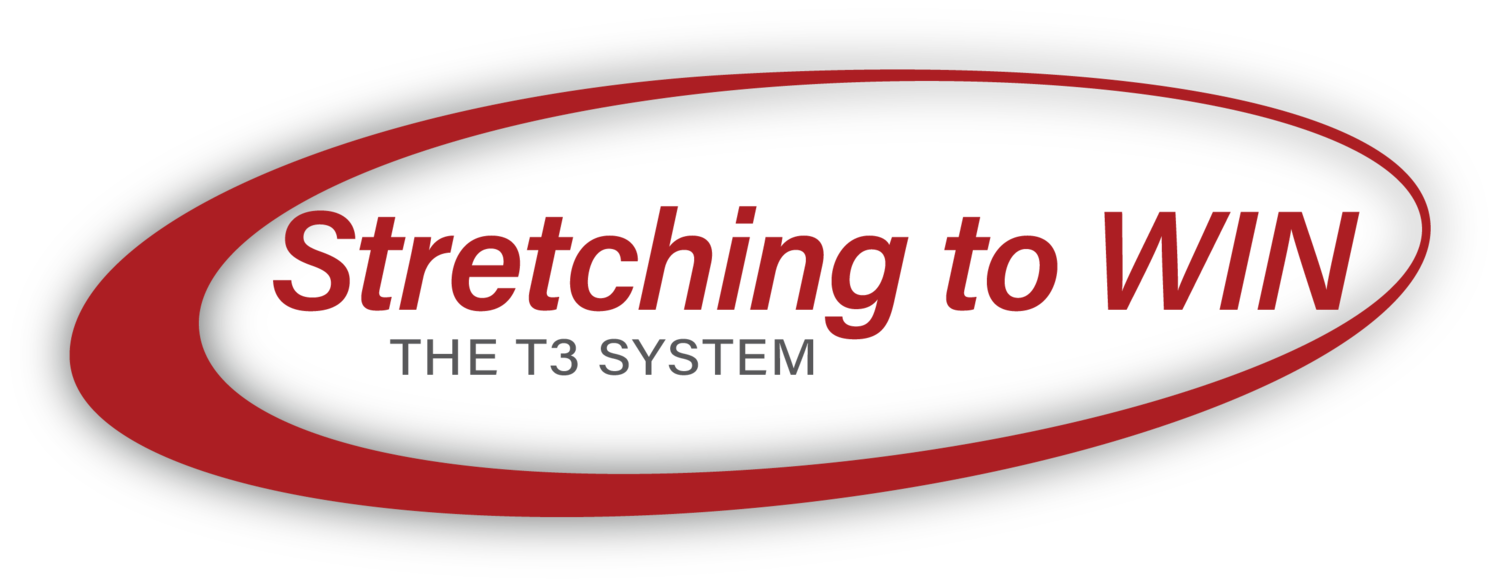ITB Syndrome Does Not Have To Stop You From Doing What You Love
Are you an athlete who loves to golf or run? Did you know that those activities can lead to ITB syndrome? This type of injury is common among athletes, and can be quite painful. In this blog post, we'll discuss what causes the injury, how to treat it, and ways to prevent it from happening in the future. We hope this information helps you stay healthy and active while enjoying your favorite sports!
The ITB is a band of tissue that runs from the top of the hip to the knee, and it is one of the most important structures in the leg for holding body weight. When this band becomes inflamed, it can cause pain and difficulty moving the affected leg. Treatment for ITB syndrome typically includes stretching and foam rolling to help lengthen the tissue, strengthening exercises to improve stability, and massage to reduce inflammation. Ice, anti-inflammatories, and rest may also be recommended. Working with golfers who have ITB syndrome, it is important to correctly address the pelvic girdle, as this is the center of gravity in all sports. By correctly aligning the pelvis, you can help alleviate some of the symptoms associated with ITB syndrome.
Back pain is a common ailment among golfers. The repetitive nature of the golf swing puts a lot of strain on the back muscles, and many golfers suffer from chronic back pain as a result. I am currently working with a golfer who has ITB syndrome, but his primary issue is back pain from years of swinging a golf club.
During the initial evaluation process, he explained to me that he was having a hard time moving his hips through a full range of motion, which was limiting his ability to swing properly. We started with active blood flow stretching and the AIS science behind each stretch, and we quickly started seeing results in terms of increased range of motion. His hamstrings, groin, and IT bands became much more flexible, and his quadriceps also started to loosen up.
The stretches and flexibility exercises we've been doing have made a big difference in his ability to swing the club properly and without pain. His back still gives him occasional problems, but he is now able to manage it much better thanks to the improved range of motion in his hips and legs.
As we moved into the pelvic girdle specifically to the rotation of the hip internally and externally, We continued to focus on the importance of stretching and he started to truly understand why he was injured, to begin with. The lack of range of motion internally on the opposite leg was forcing him to bear all his weight during the golf swing, and he was dipping down which affected his ability to drive the ball straight—including distance.
I started to see his eyes light up as he realized that I was truly going to help him because the one thing that he was missing from his golf game besides strength in these areas was a full range of motion. Which leads to performance and a better score. For example, if you have ever watched a professional golfer swing, they always look like they are making a perfect fluid swing without any effort whatsoever. This is due to them having a proper range of motion in their hips along with other joints in their bodies. The takeaway from this experience is that if you want to improve your golf game or any other sport for that matter, make sure you have a full range of motion in your hips by stretching daily. You will be amazed at the difference it makes.
Without a comprehensive active blood flow-based stretching program that is contraction based versus static, he realized he was going to improve his golf game. He felt like he was 10 years younger because he had the flexibility of his youth back. Moving forward, we will address the strength of his hip and neuromuscular massage therapy to clear the tissue affected and continue personalizing The T3 System. As we continue education with homework focused on active blood flow stretching exercises to do two times a day, this client is on the road to recovery and he can continue to play even when he is dealing with an injury so he does not lose his fitness level. And when he goes back to the green, he's not behind the eight ball. Thanks to our program, he can get right back in the game without missing a beat.
An ITB sports injury can be treated and you don’t have to suffer through the pain. You may think that because it’s a sports injury, there is nothing that can be done except rest and time. This isn’t true! Schedule a consultation with our team of experts today so we can help get you back to doing what you love as soon as possible. We have years of experience in treating athletes just like you with ITB syndrome and we will work diligently to get you back on your feet. Don’t let this frustrating injury keep you sidelined any longer- schedule a consult today!







